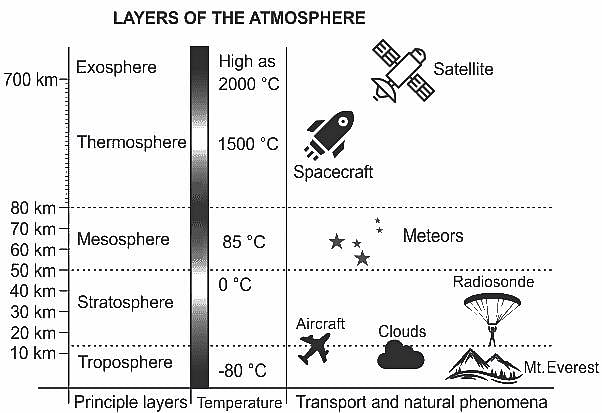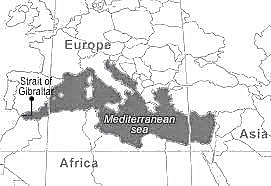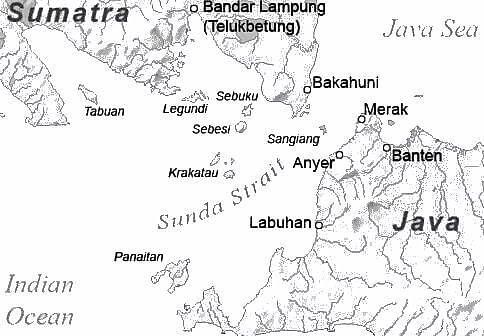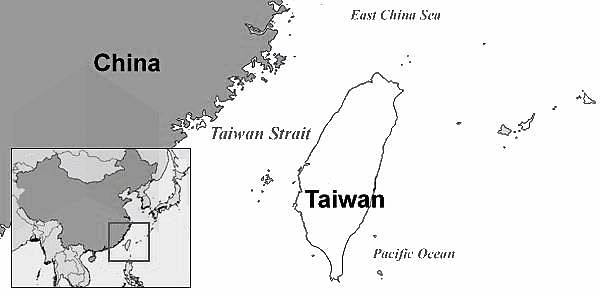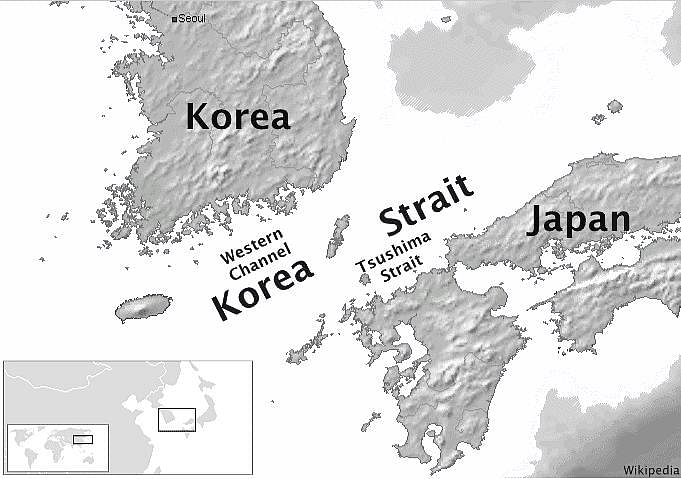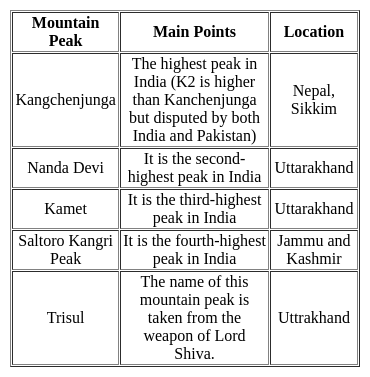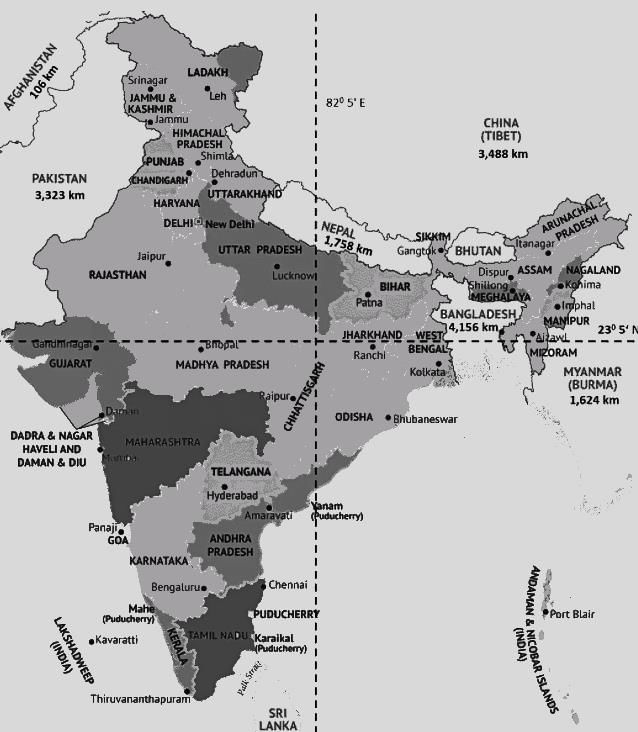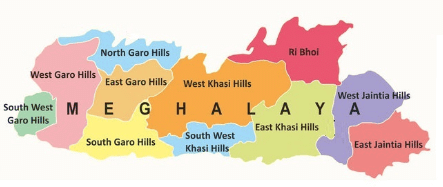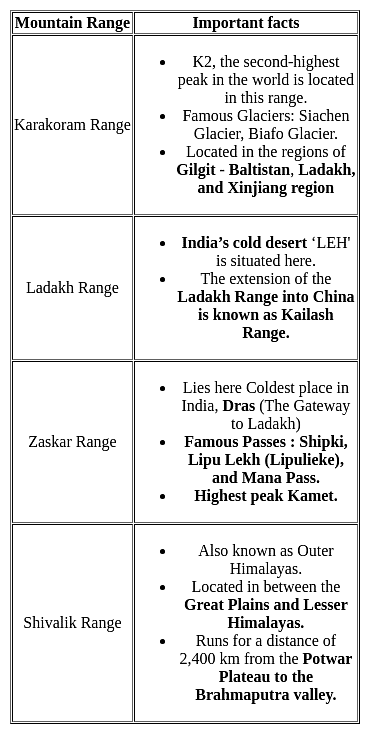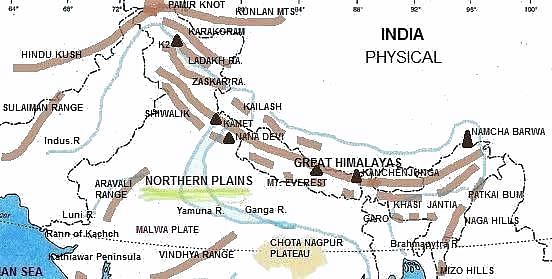Software Development Exam > Software Development Tests > Test: General Awareness (World Geography) - Software Development MCQ
Test: General Awareness (World Geography) - Software Development MCQ
Test Description
10 Questions MCQ Test - Test: General Awareness (World Geography)
Test: General Awareness (World Geography) for Software Development 2025 is part of Software Development preparation. The Test: General Awareness (World Geography) questions and answers have been prepared
according to the Software Development exam syllabus.The Test: General Awareness (World Geography) MCQs are made for Software Development 2025 Exam.
Find important definitions, questions, notes, meanings, examples, exercises, MCQs and online tests for Test: General Awareness (World Geography) below.
Solutions of Test: General Awareness (World Geography) questions in English are available as part of our course for Software Development & Test: General Awareness (World Geography) solutions in
Hindi for Software Development course.
Download more important topics, notes, lectures and mock test series for Software Development Exam by signing up for free. Attempt Test: General Awareness (World Geography) | 10 questions in 10 minutes | Mock test for Software Development preparation | Free important questions MCQ to study for Software Development Exam | Download free PDF with solutions
Test: General Awareness (World Geography) - Question 1
Maginot line exists between which country?
Detailed Solution for Test: General Awareness (World Geography) - Question 1
Test: General Awareness (World Geography) - Question 2
Which is the largest river island in the world?
Detailed Solution for Test: General Awareness (World Geography) - Question 2
Test: General Awareness (World Geography) - Question 3
Which atmospheric layer contains Ions and helps in wireless communication?
Detailed Solution for Test: General Awareness (World Geography) - Question 3
Test: General Awareness (World Geography) - Question 4
Which Strait divides Europe from Africa ?
Detailed Solution for Test: General Awareness (World Geography) - Question 4
Detailed Solution for Test: General Awareness (World Geography) - Question 5
Test: General Awareness (World Geography) - Question 6
The Blue Mountain Peak is located in the State of India -
Detailed Solution for Test: General Awareness (World Geography) - Question 6
Test: General Awareness (World Geography) - Question 7
Which of the following neighbouring country of India shares its borders with maximum number of Indian states?
Detailed Solution for Test: General Awareness (World Geography) - Question 7
Test: General Awareness (World Geography) - Question 8
Garo-Khasi range is located in which Indian state?
Detailed Solution for Test: General Awareness (World Geography) - Question 8
Test: General Awareness (World Geography) - Question 9
Which of the following options has the correct sequence of mountain ranges from North to South in India?
Detailed Solution for Test: General Awareness (World Geography) - Question 9
Test: General Awareness (World Geography) - Question 10
India is divided into how many earthquake zones (seismic zones)?
Detailed Solution for Test: General Awareness (World Geography) - Question 10
Information about Test: General Awareness (World Geography) Page
In this test you can find the Exam questions for Test: General Awareness (World Geography) solved & explained in the simplest way possible.
Besides giving Questions and answers for Test: General Awareness (World Geography), EduRev gives you an ample number of Online tests for practice
Download as PDF




